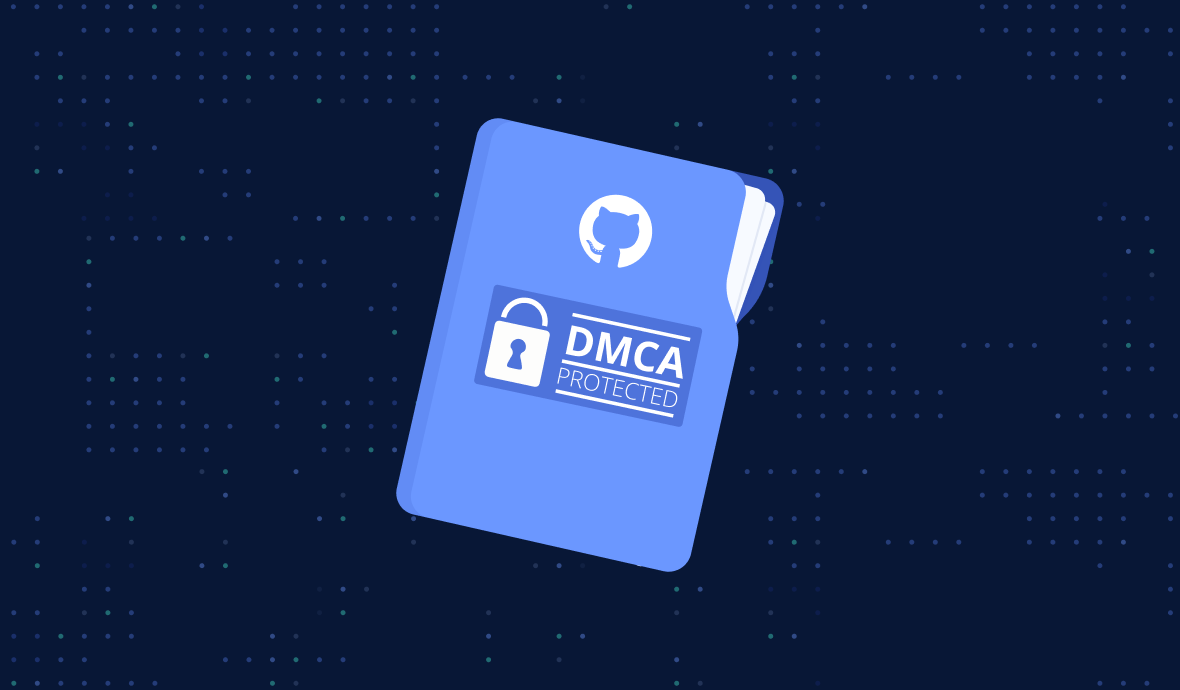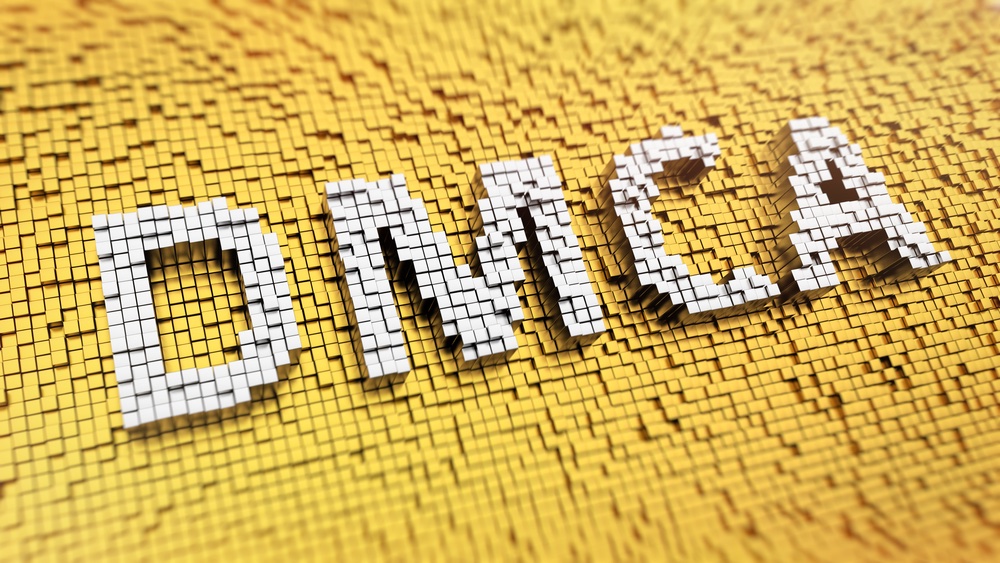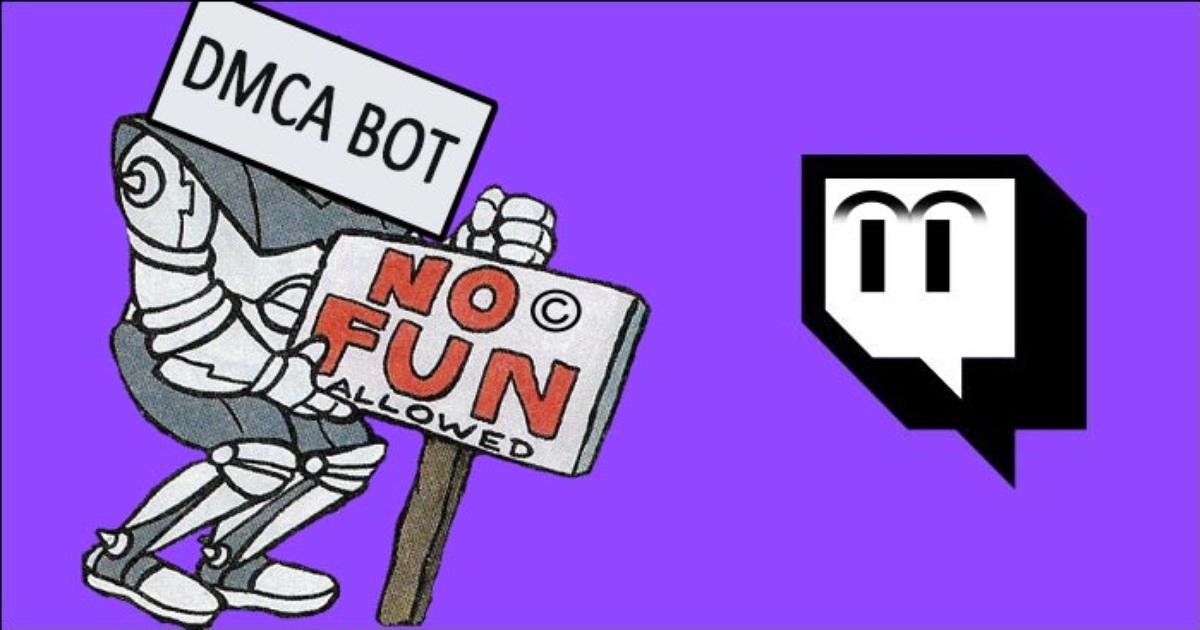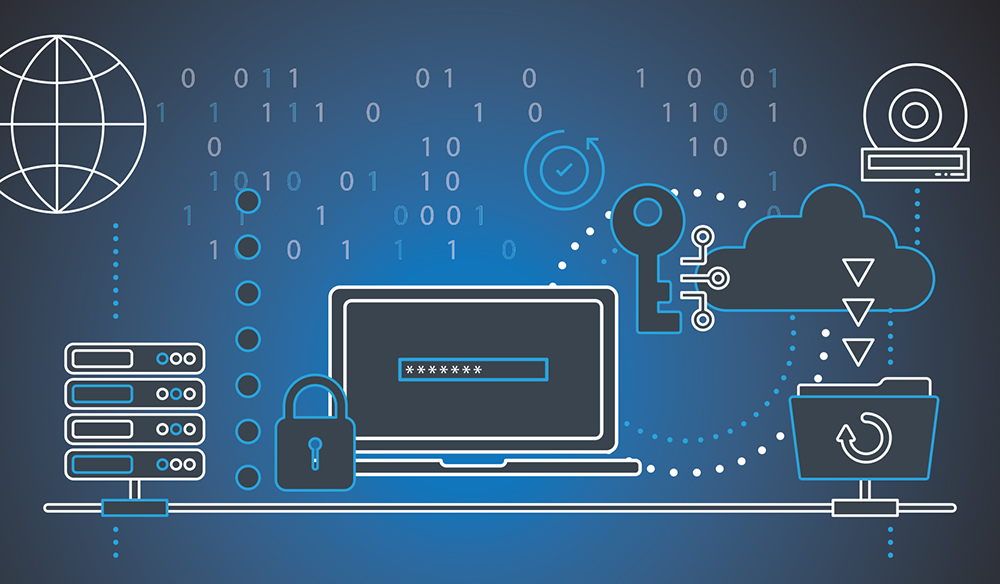In today’s digital age, the internet has become a vital part of our lives. We use it for communication, entertainment, and even work. However, with the widespread use of the internet also comes the issue of copyright infringement. Protecting intellectual property rights in the online world has become a major concern for content creators and copyright owners. This is where the Digital Millennium Copyright Act (DMCA) comes into play.
The DMCA is a United States copyright law that was enacted in 1998 to address copyright issues arising from the use of digital technology. This act has been a subject of controversy and debate since its introduction. Some argue that it provides necessary protection for copyright holders, while others claim it stifles innovation and restricts free speech. In this article, we will take an in-depth look at the DMCA, its purpose, provisions, and impact on the world of digital content.
What is DMCA?
History of the DMCA
The Digital Millennium Copyright Act (DMCA) was signed into law by President Bill Clinton on October 28, 1998. It was an amendment to the Copyright Act of 1976 and aimed to update U.S. copyright law for the digital age. The need for this law arose due to the rapid advancement in technology, which made it easier to reproduce, distribute, and access digital content without permission from the copyright owner.

President Bill Clinton signed the Digital Millennium Copyright Act (DMCA) into law on October 28, 1998
Before the DMCA, there were no specific laws addressing digital copyright infringement. Instead, courts relied on existing laws such as the Fair Use doctrine to handle such cases. However, this approach proved to be inadequate as it did not consider the unique aspects of digital content and technology. This led to confusion and inconsistencies in court rulings, highlighting the need for a comprehensive law that specifically addressed digital copyright.
Purpose of the DMCA
The main purpose of the DMCA is to protect copyrighted works from being illegally distributed and accessed through digital means. It also addresses the issues of online piracy and copyright infringement, which were becoming rampant with the rise of the internet. The DMCA provides copyright owners with tools to protect their content and seek redress in case of infringement. It also offers protection for online service providers by limiting their liability for copyright infringement committed by their users.
Entities involved in DMCA
There are three main entities involved in the DMCA: the copyright owner, the online service provider, and the user.
1. Copyright Owner
The DMCA primarily aims to protect the rights of copyright owners. They are individuals or organizations that own the exclusive rights to a particular work, whether it’s literary, musical, or artistic. In the digital world, these owners are mainly creators of original content such as writers, musicians, filmmakers, and artists.
2. Online Service Provider (OSP)
An OSP is any entity that provides services over the internet. It includes internet service providers (ISPs), online platforms, web hosting companies, and search engines. The DMCA imposes certain obligations on OSPs to help prevent copyright infringement by their users.
3. User
Users are individuals who upload or share copyrighted content on the internet. They can be both infringers and legitimate users of digital content. It’s important to note that the DMCA does not protect users who knowingly infringe on copyrighted works.
DMCA Takedown Notices
Definition and Process
A DMCA takedown notice or a DMCA takedown request is a legal notification sent to an OSP by a copyright owner or their representative to remove infringing material from their platform. It is based on the “notice and takedown” system, where the OSP acts as an intermediary between the copyright owner and the user. The process of sending a DMCA takedown notice involves three main steps:
1. Identification
The first step in issuing a DMCA takedown notice is identifying the infringing material. The copyright owner or their representative must provide specific information, including the location of the infringing content and the copyrighted work being infringed upon.

The initial step in issuing a DMCA takedown notice involves identifying the material that infringes copyright
2. Notifying the OSP
Once the infringing material has been identified, the next step is to send a DMCA takedown notice to the OSP. The notice must follow the requirements set out in the DMCA, which include providing a physical or electronic signature of the copyright owner, identification of the copyrighted work, and the belief that the use of the material is not authorized by the copyright owner.
3. Removing the Infringing Material
Upon receiving a valid DMCA takedown notice, the OSP is required to take down the infringing material promptly. They must also notify the user responsible for uploading the content. The user has the right to file a counter-notice if they believe their use of the material falls under fair use or if they have permission from the copyright owner.
Requirements for a Valid Notice
The DMCA provides specific requirements that must be met for a takedown notice to be considered valid. These include:
- Physical or electronic signature of the copyright owner or their representative.
- Identification of the copyrighted work being infringed upon.
- Location of the infringing material, including its URL or other relevant information.
- A statement that the copyright owner did not authorize the use of the material by the user.
- Contact information of the copyright owner or their representative.
- A statement made under penalty of perjury that the information provided in the notice is accurate and that the sender has the authority to act on behalf of the copyright owner.
Benefits and Criticisms
The DMCA takedown notice system has been beneficial in protecting the rights of copyright owners in the digital world. It provides them with a quick and efficient way to remove infringing material from the internet. However, this system also has its fair share of criticisms. Some argue that it creates a power imbalance between copyright owners and users, as the latter may have their content removed without proper consideration of fair use or other legal defenses. There have also been cases of abuse, where takedown notices were used to stifle free speech and censor legitimate content.
DMCA Safe Harbor
Definition and Purpose
The DMCA safe harbor provision is one of the most controversial aspects of the DMCA. It refers to the protections granted to OSPs from liability for copyright infringement committed by their users. This means that OSPs are shielded from legal action if their users upload infringing material on their platform without their knowledge. The purpose of this provision is to encourage OSPs to take proactive measures to prevent copyright infringement on their platforms.
Eligibility and Requirements
To be eligible for the safe harbor protection, OSPs must comply with certain requirements under the DMCA. These include:
- Designation of a Registered Agent: OSPs must designate an agent to receive takedown notices from copyright owners.
- No Knowledge of Infringing Activity: OSPs must not have actual knowledge of infringing activity taking place on their platform.
- Prompt Removal of Infringing Material: OSPs must remove or disable access to infringing material upon receiving a valid takedown notice.
- Adopting and Implementing a Policy: OSPs must adopt and implement a policy that outlines the procedures for handling takedown notices and terminating repeat infringers’ accounts.
Limitations and Controversies
The safe harbor provision has been a subject of controversy since its introduction. Some argue that it creates a “safe haven” for OSPs who profit from copyright-infringing activities on their platforms. It also places the burden of enforcing copyright laws on copyright owners, who must constantly monitor and send takedown notices to OSPs. This has led to criticism that the DMCA is tilted towards the interests of OSPs rather than copyright owners.
DMCA Anti-circumvention Provision
Overview and Purpose
The DMCA anti-circumvention provision is aimed at protecting against the circumvention of technological measures used to protect copyrighted works. It prohibits the manufacture, sale, and distribution of any technology, product, service, or device that can be used to bypass digital rights management (DRM) systems. The purpose of this provision is to prevent the unauthorized use and distribution of copyrighted works.

The DMCA provision against circumvention is designed to safeguard copyrighted works from being bypassed through technological means
Types of Circumvention
There are two types of circumvention prohibited by the DMCA:
1. Access Control Measures
Access control measures refer to any technological measure used by copyright owners to control access to their works. This includes password protection, encryption, and other security measures used to prevent unauthorized access.
2. Copy Control Measures
Copy control measures refer to any technological measure used by copyright owners to prevent copying or reproduction of their works. This includes DRM systems and other protection technologies that prevent users from making copies of copyrighted material.
Exceptions and Impact
The DMCA anti-circumvention provision provides certain exceptions for specific purposes, including research, encryption research, and reverse engineering. However, these exceptions are narrow and have been criticized for hindering innovation and competition. The impact of this provision has also been felt outside the United States, with other countries enacting similar laws to comply with international agreements such as the World Intellectual Property Organization (WIPO) Copyright Treaty.
DMCA Protection for Online Service Providers
Section 512: Limiting Liability for User-Generated Content
Section 512 of the DMCA is commonly referred to as the “YouTube” provision, as it protects online service providers that host user-generated content. It limits the liability of OSPs for infringing material uploaded by their users under certain conditions. To qualify for this protection, OSPs must fulfill the following requirements:
- Have no knowledge of the infringing activity.
- Not receive a financial benefit directly attributable to the infringing activity.
- Comply with the DMCA takedown process.
- Have adopted and reasonably implemented a policy to terminate repeat infringers’ accounts.
This provision has been a significant factor in the growth of user-generated content platforms such as YouTube and Vimeo. Without this protection, these platforms would have faced numerous lawsuits for copyright infringement committed by their users.
Section 1201: Protection for Web Hosting Services
Section 1201 of the DMCA expands the safe harbor protection to include web hosting services. It provides immunity to service providers that provide storage, processing, or transmission of information on behalf of their users. To qualify for this protection, web hosting services must comply with the same requirements as OSPs under Section 512.
Section 230: Protection for Intermediary Service Providers
Section 230 of the DMCA is commonly referred to as the “good Samaritan” provision. It provides immunity to intermediary service providers, including internet service providers, from liability for third-party content posted on their platforms. This section has been crucial in protecting online service providers from lawsuits related to user-generated content, defamation, and other harmful material.
DMCA Enforcement and Challenges
Enforcement Mechanisms
The DMCA empowers copyright owners to enforce their rights through civil and criminal actions. They can also file a DMCA takedown notice to have infringing material removed from the internet. However, enforcing the DMCA continues to be a challenge due to the complexities of the digital world. The vast amount of online content makes it difficult to monitor and enforce copyright laws effectively. There have also been cases of false takedown notices being issued, leading to legitimate content being removed.
Challenges and Criticisms
The DMCA has been heavily criticized by various stakeholders since its introduction. Some argue that it stifles innovation and restricts free speech. The anti-circumvention provision has been particularly contentious, with many claiming that it hinders research and development of new technologies. The DMCA has also been blamed for the rise of “copyright trolling,” where copyright owners issue numerous takedown notices to intimidate and extort money from individuals and companies. Additionally, the safe harbor provision has been criticized for providing a shield for OSPs that profit from copyright infringement.
Conclusion
The Digital Millennium Copyright Act is a complex and controversial law that has sparked debates and discussions over the years. It has revolutionized the way copyright issues are handled in the digital world and has had a significant impact on the internet and content creators. While it has its fair share of criticisms and challenges, the DMCA continues to play a vital role in protecting copyrighted works and maintaining a balance between copyright owners, online service providers, and users. As technology continues to advance, the DMCA will likely face more challenges, and it will be interesting to see how it evolves to keep up with the ever-changing digital landscape.
